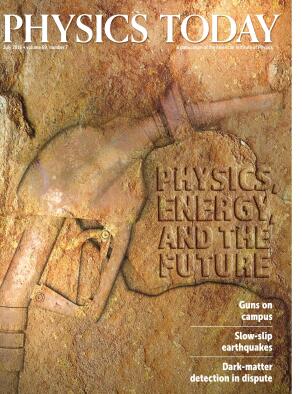The US should remain in the ITER project for now
DOI: 10.1063/PT.3.3233
The Department of Energy made that statement in a report to Congress in late May. But the report also said the next administration should reevaluate US participation in late 2017 or early 2018. The tepid endorsement applauded improvements made to the management of the $22 billion international fusion test reactor since Bernard Bigot took over as director general in March 2015 (see Physics Today, January 2016, page 30
In an April ballpark estimate, ITER’s administration put the total project cost up to first plasma at $20 billion to $25 billion. The figure implies that the 9% US share of the project won’t exceed $2.5 billion. The DOE report said the agency will prepare an updated estimate of US costs in 2017.
Senator Lamar Alexander (R-TN), chairman of the appropriations subcommittee that funds DOE, has written three annual spending bills since fiscal year 2015 ordering US withdrawal from ITER; in each of the past two years, funding has been restored in negotiations with the House. Alexander said the report “makes clear that moving ahead with the project would come at the expense of other Office of Science priorities that [DOE] considers more important, and that I consider more important.” Two such priorities would benefit Oak Ridge National Laboratory in his home state: an upgrade of the Spallation Neutron Source and exascale computing.
More about the Authors
David Kramer. dkramer@aip.org




